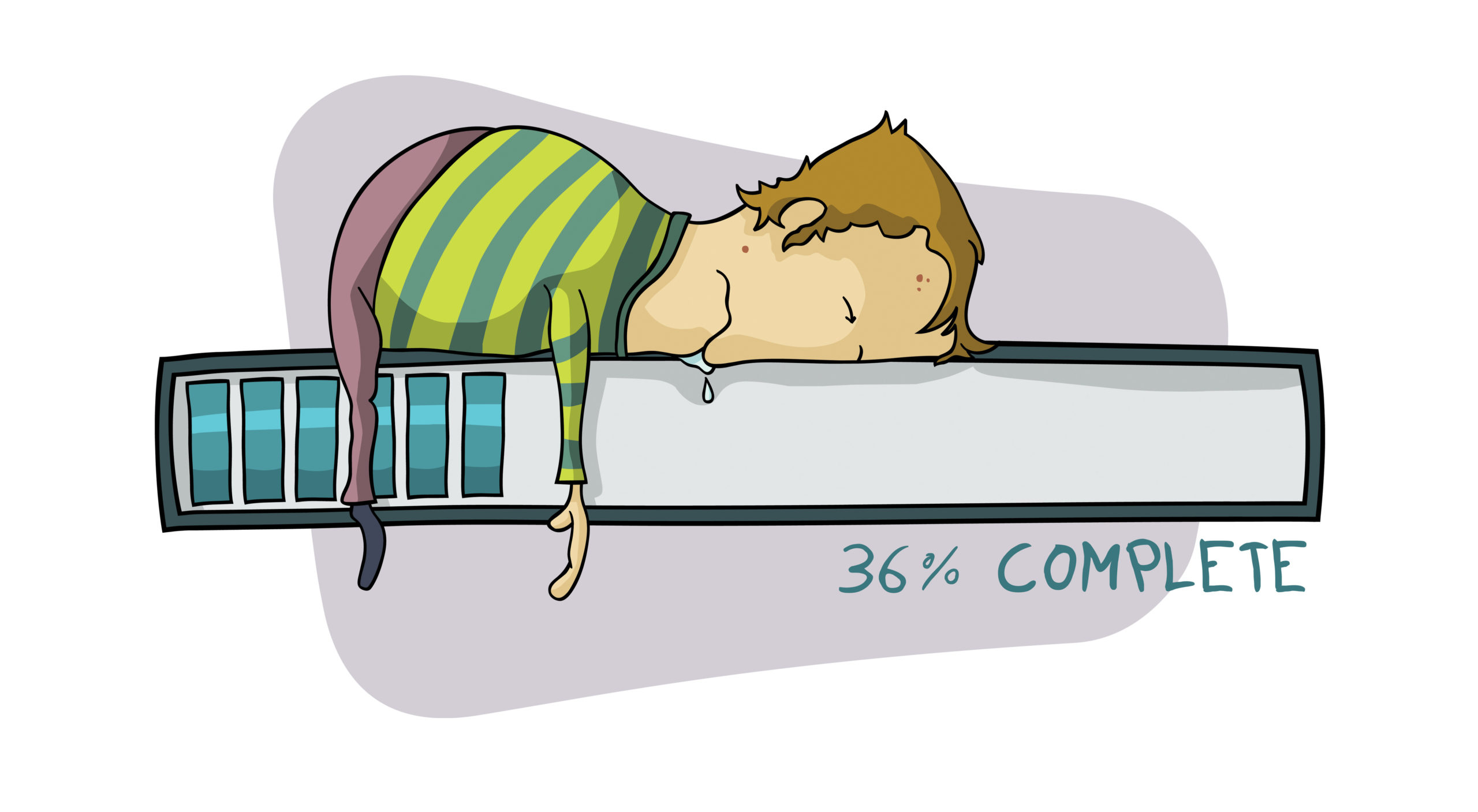
By Harry McCracken
At an event this morning in New York, Microsoft is formally launching Office 2010, its accompanying Office Web Apps, and the SharePoint 2010 collaborative platform. The hoopla today is aimed at business customers–consumers won’t be able to buy Office in retail stores or get it preinstalled on PCs until June 15th, and while Microsoft hasn’t guaranteed a timetable for the consumer versions of the Web Apps, it says it expects them to arrive at the same time as the desktop suite.
I was a fan of Office 2007 and its radically new Ribbon interface. And I mostly like Office 2010, which hasn’t changed radically since I first tried last July in preview form. Compared to Office 2007, it’s got a cleaned-up, more customizable version of the Ribbon. Word, Excel, and PowerPoint all have new features for collaborating online and creating slick, visually rich documents. PowerPoint benefits especially, gaining built-in video editing and playback, smooth new transitions, and a tool for broadcasting slideshows across the Web.
In Office 2007, Outlook’s interface didn’t receive the full Ribbon treatment. It gets it for 2010, along with better tools for decluttering your inbox and a Gmail-style conversation view. (This last feature is turned off by default, based on popular demand from beta testers, but it’s there if you want it.)
 One of Microsoft’s most-touted new features is something called Backstage View, which rolls printing features and other document-wrangling tools into a sort of mega-dialog box that takes over the whole document window. It’s a mostly successful rethinking of the old File menu, but beta testers had trouble finding it in prerelease versions of Office 2010–so Microsoft labeled it “File” while still calling the feature Backstage View in the online help. That seems like a recipe for confusion. I also don’t understand why opening and saving files takes you to Backstage View, then immediately abandons it for traditional dialog boxes.
One of Microsoft’s most-touted new features is something called Backstage View, which rolls printing features and other document-wrangling tools into a sort of mega-dialog box that takes over the whole document window. It’s a mostly successful rethinking of the old File menu, but beta testers had trouble finding it in prerelease versions of Office 2010–so Microsoft labeled it “File” while still calling the feature Backstage View in the online help. That seems like a recipe for confusion. I also don’t understand why opening and saving files takes you to Backstage View, then immediately abandons it for traditional dialog boxes.
 For homes with multiple PCs that don’t need Outlook, Office 2010 is a deal: The $149.99 Home and Student edition packs Excel, OneNote, PowerPoint, and Word, and lets you install the suite on up to three computers for simultaneous use. (In other words, it’s the economical Family Pack option that Microsoft won’t give Windows 7 buyers.)
For homes with multiple PCs that don’t need Outlook, Office 2010 is a deal: The $149.99 Home and Student edition packs Excel, OneNote, PowerPoint, and Word, and lets you install the suite on up to three computers for simultaneous use. (In other words, it’s the economical Family Pack option that Microsoft won’t give Windows 7 buyers.)
More businessy versions with additional apps include the $279.99 Home and Business edition and $499.99 Professional edition. Some stores will also sell discless, discounted “Product Key” editions that provide licenses for use with a pre-installed trial version of Office or a copy you download–but these strike me as a tad pound-foolish for most buyers, because they tie the suite to a single PC and can’t be reused even if you buy a new computer and remove Office from the old one.
All in all, Office 2010 keeps Office 2007′s emphasis on simplicity while adding power-user features that were in relatively short supply in that upgrade. It’s appealing evidence for the continuing relevance of desktop applications in an ever-more Web-centric world.
But then there’s Office 2010′s biggest nod to the Web: the Office Web Apps, which bring Word, Excel, PowerPoint, and OneNote to your browser for the first time. Years after Google Docs and Zoho built purely Web-based Office rivals, Microsoft is finally responding, with online versions of its major apps which are free whether or not you buy Office 2010.
And I’m both disappointed and puzzled by them.
Full disclosure: I used prerelease versions of the versions of the Web Apps aimed at consumers, which will require a Windows Live or Hotmail account. (I didn’t try the corporate editions, which are similar in functionality but work with a SharePoint server.) I encountered a few mysterious glitches, most notably with the features which let the Office 2010 desktop apps open and save files on the Web. These difficulties, which a Microsoft representative told me were artifacts of the fact I was using prerelease Web Apps, made it impossible for me to fully judge the integration of Office’s desktop and Web flavors.
But the big issues I have with the Web Apps have nothing to do with bugs. They stem from basic design decisions Microsoft made. What it’s built feels like an online office suite created by a company that is less than thrilled with the whole idea of online office suites.
Article continued here…Good news first:
[This post is excerpted with Harry McCracken’s permission from his Technologizer blog.]




